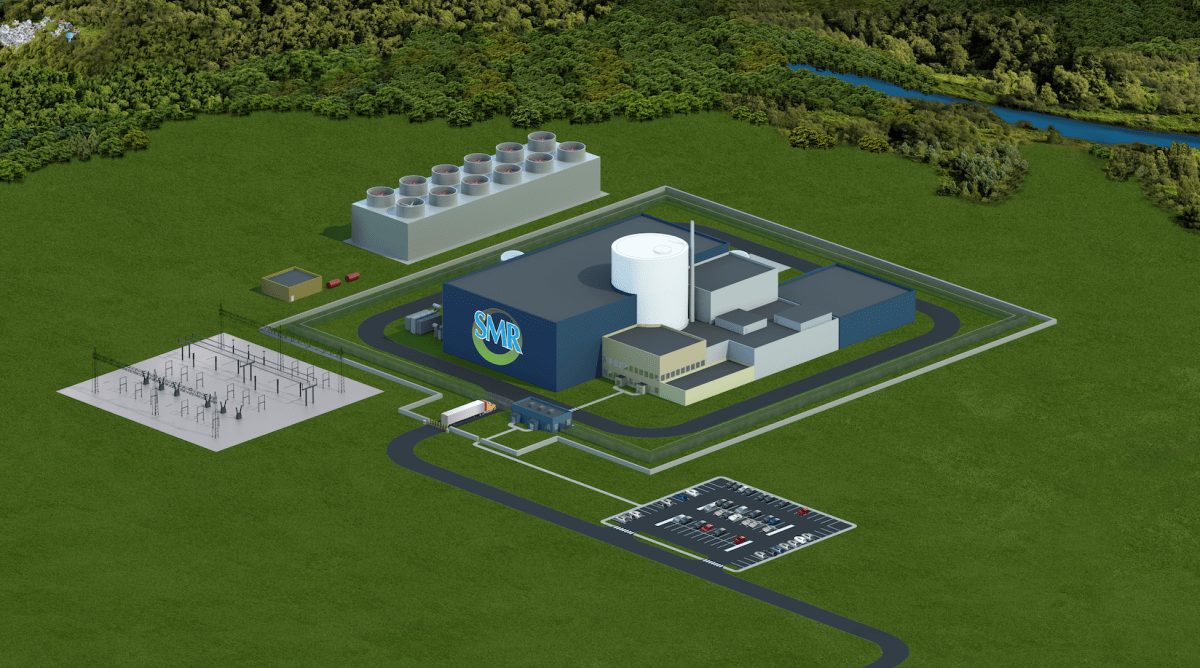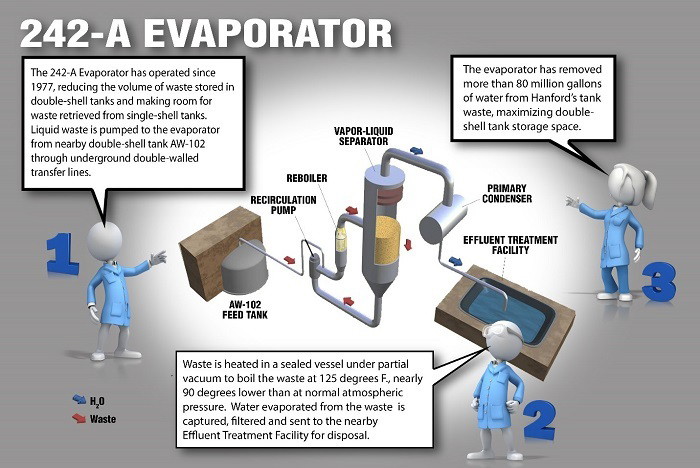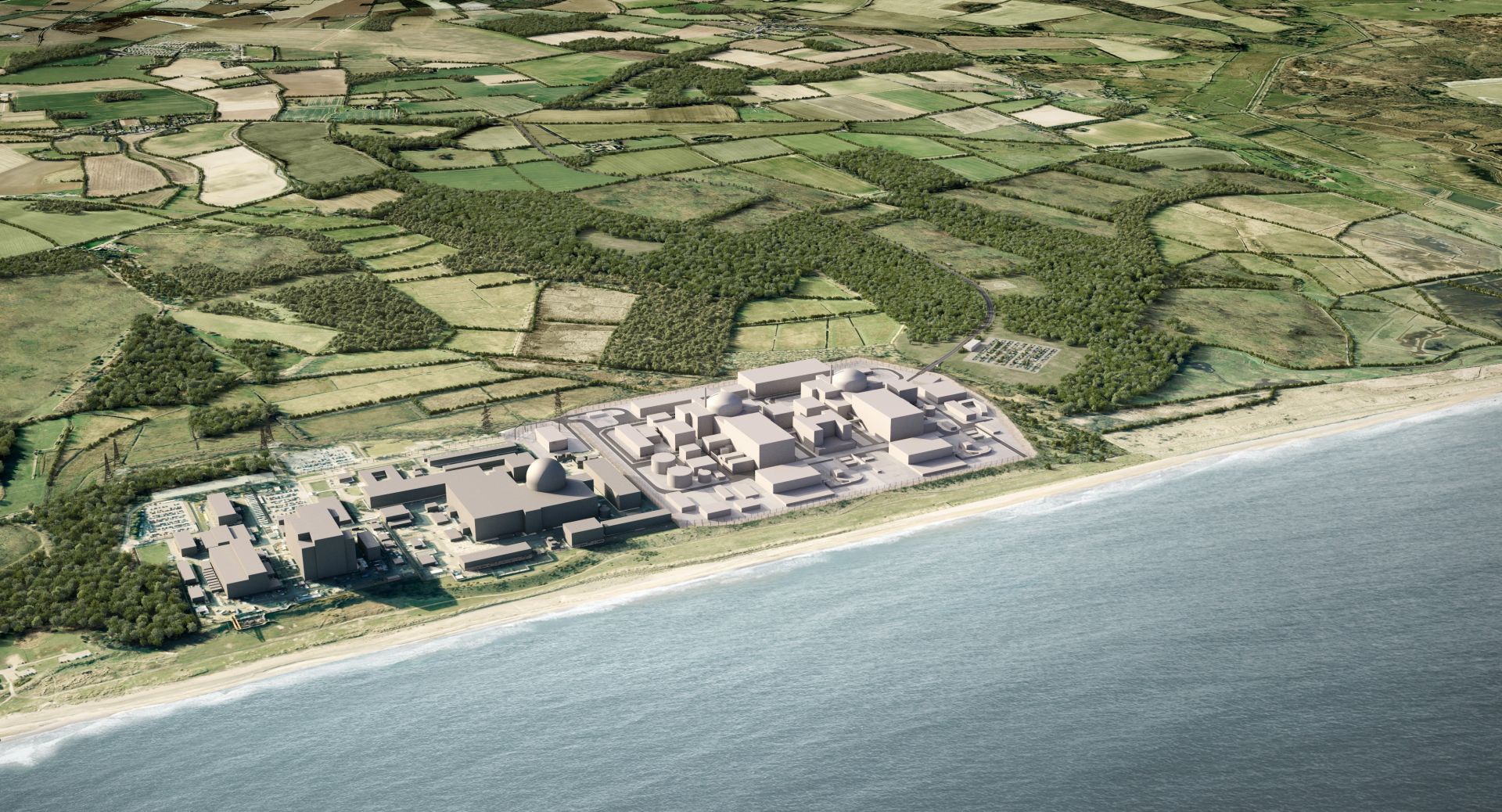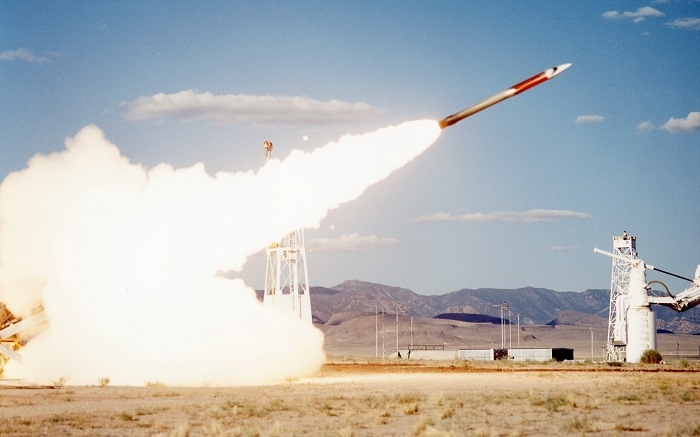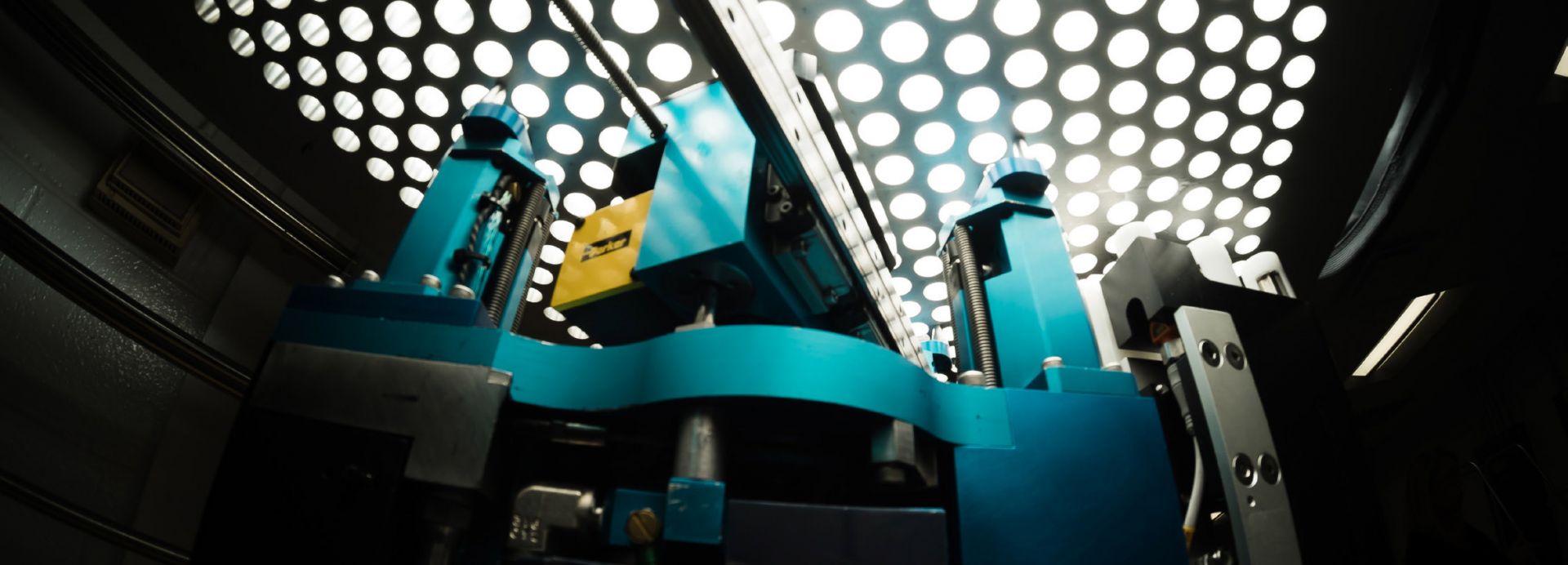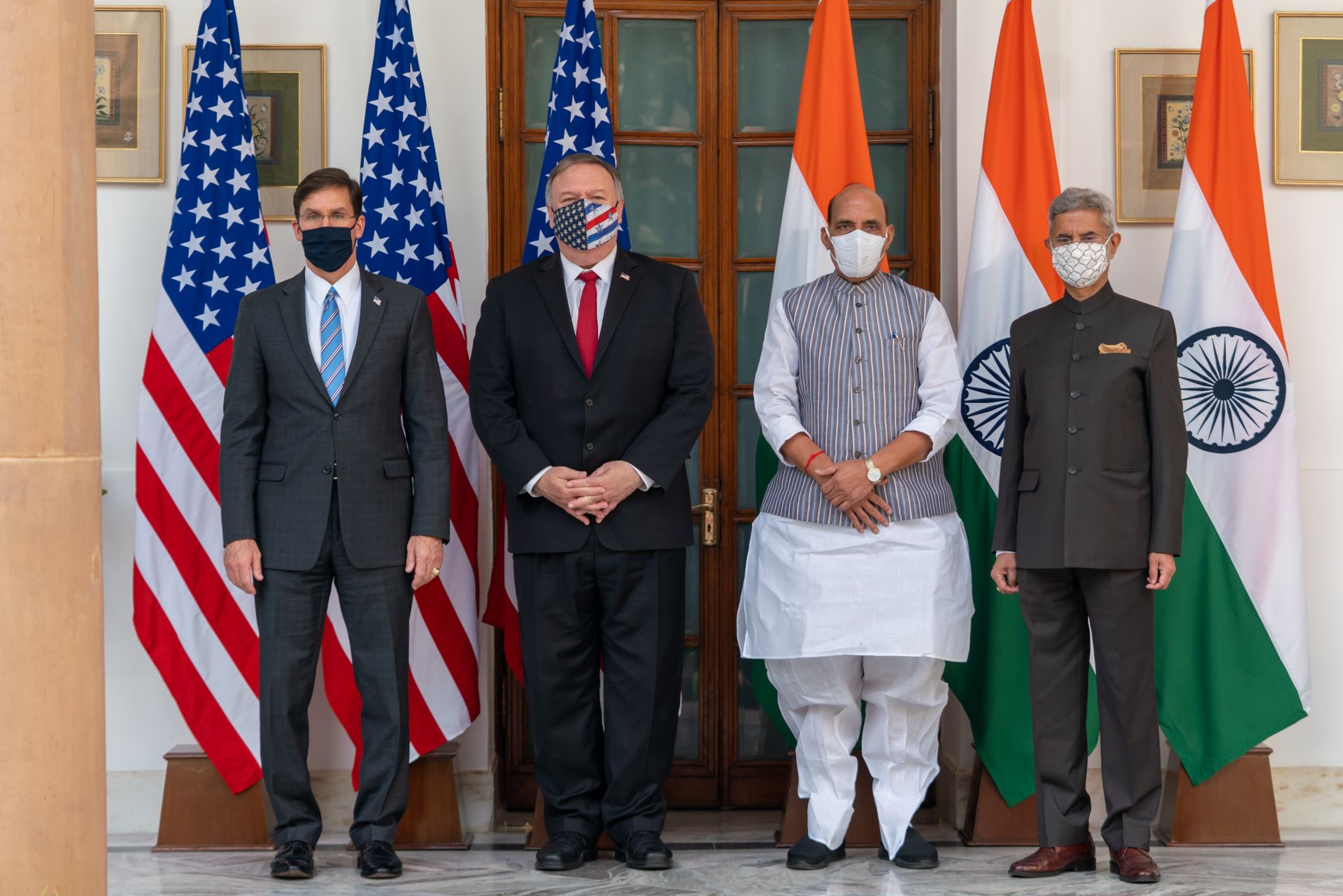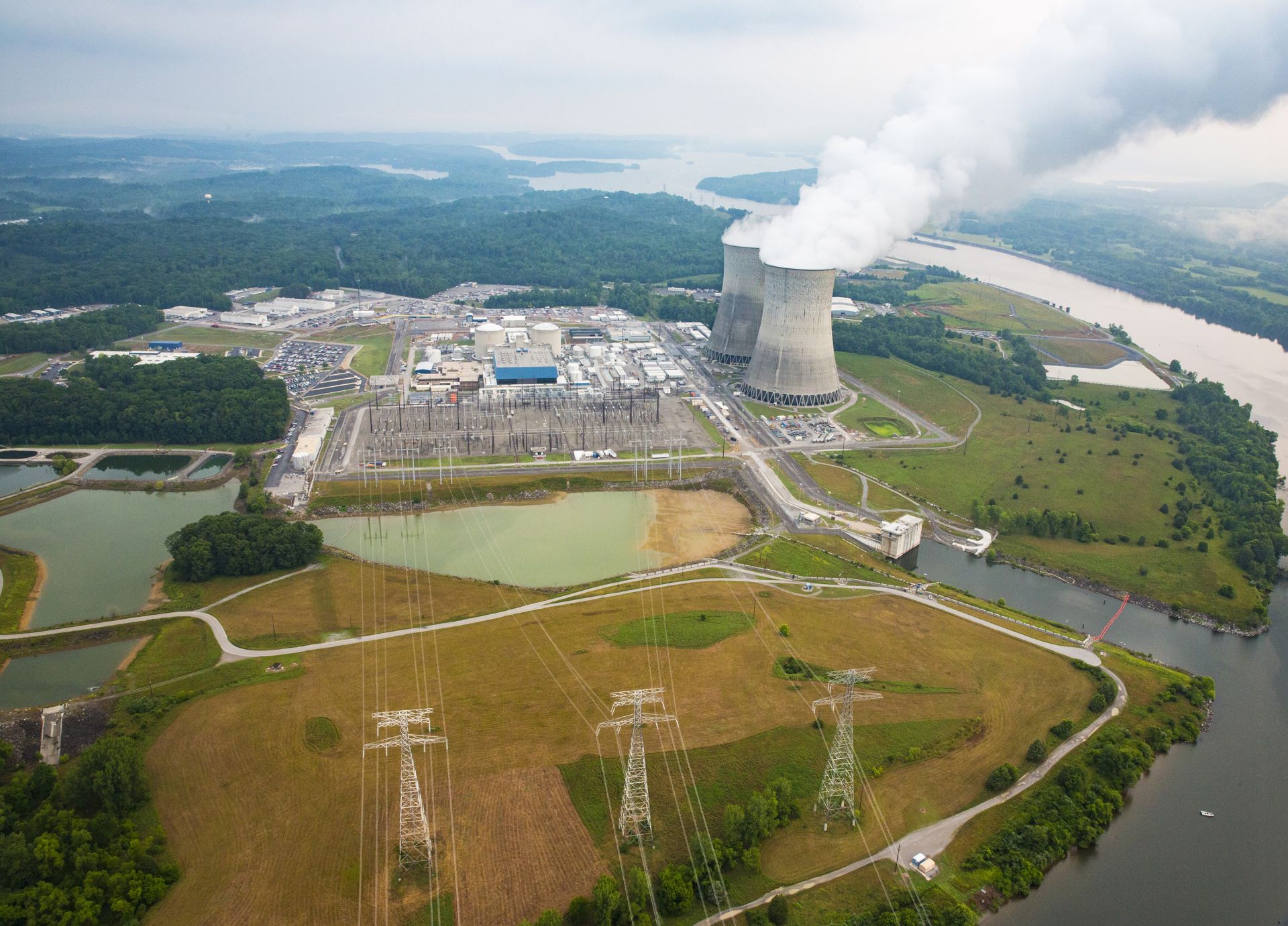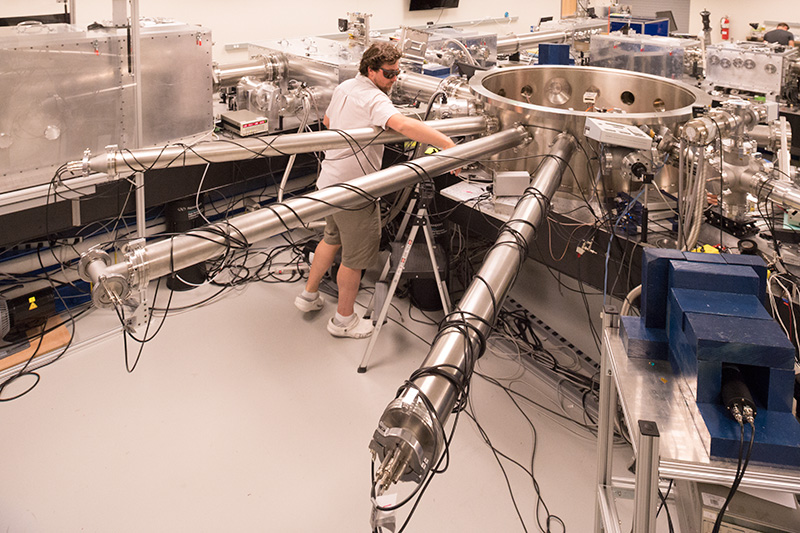Opinion: U.K. power stations could make hydrogen, heat homes, and decarbonize industry
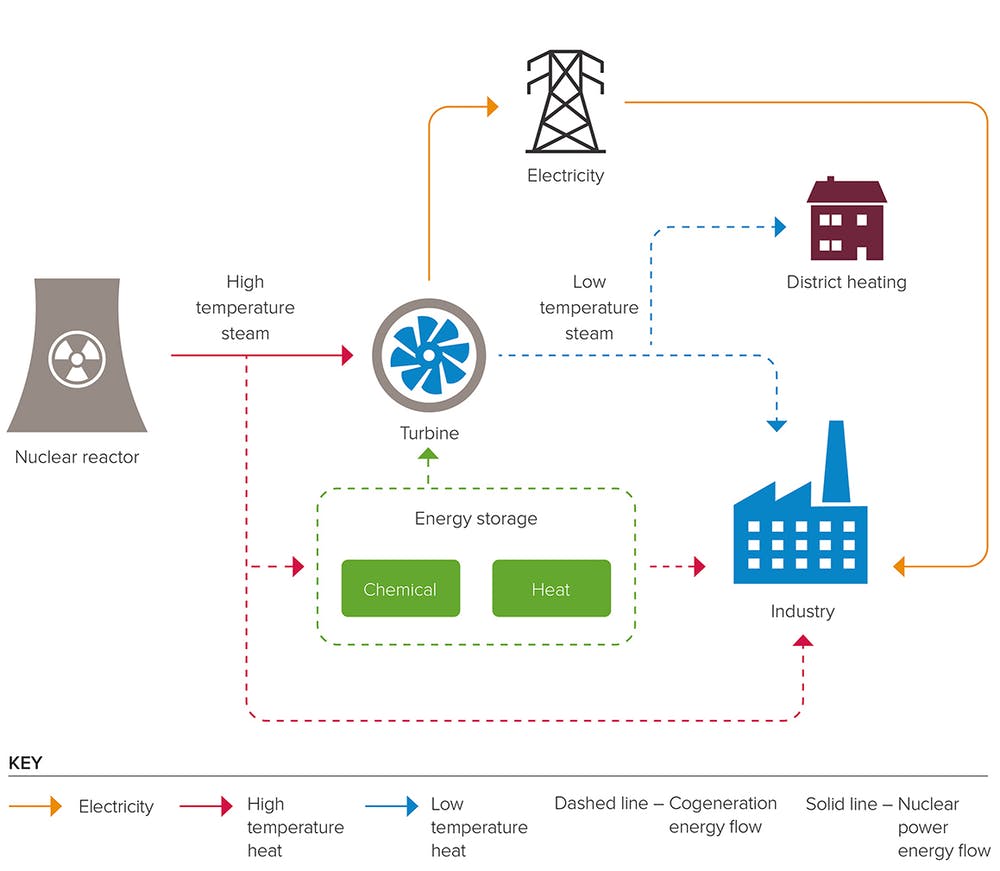
Nuclear reactors have evolved to achieve more than just electricity generation and should be part of the U.K.’s plan to reach net-zero emissions by 2050. Photo: Royal Society, authors provided
The United Kingdom needs to start rebuilding its capacity to generate nuclear power, according to an opinion article published Wednesday on The Conversation by two members of the U.K.-based Bangor University faculty.
Bill Lee, a professor of materials in extreme environments, and Michael Rushton, a senior lecturer in nuclear energy, argue that the plan by the Committee on Climate Change, which advises the U.K. government on the effort to reach net-zero emissions by 2050, is “strangely silent on nuclear power.”


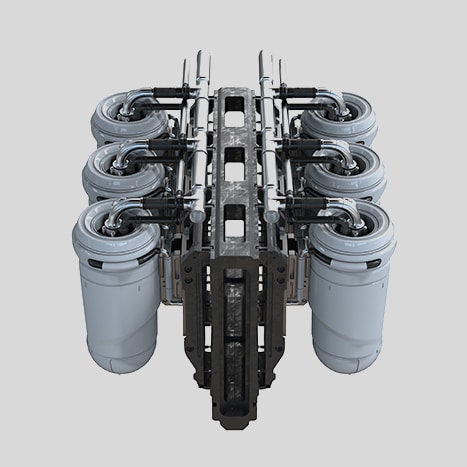
 The National Nuclear Security Administration has launched
The National Nuclear Security Administration has launched 